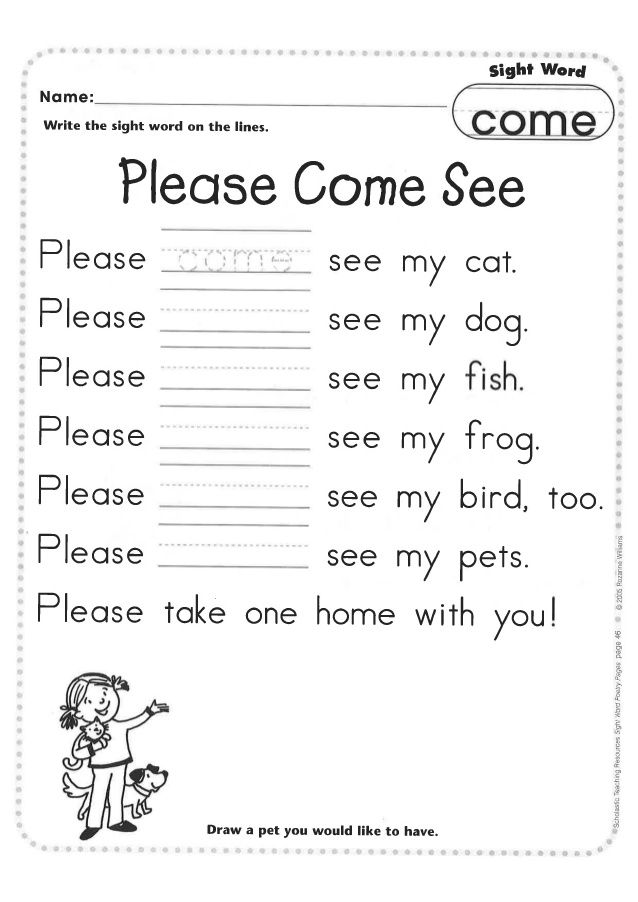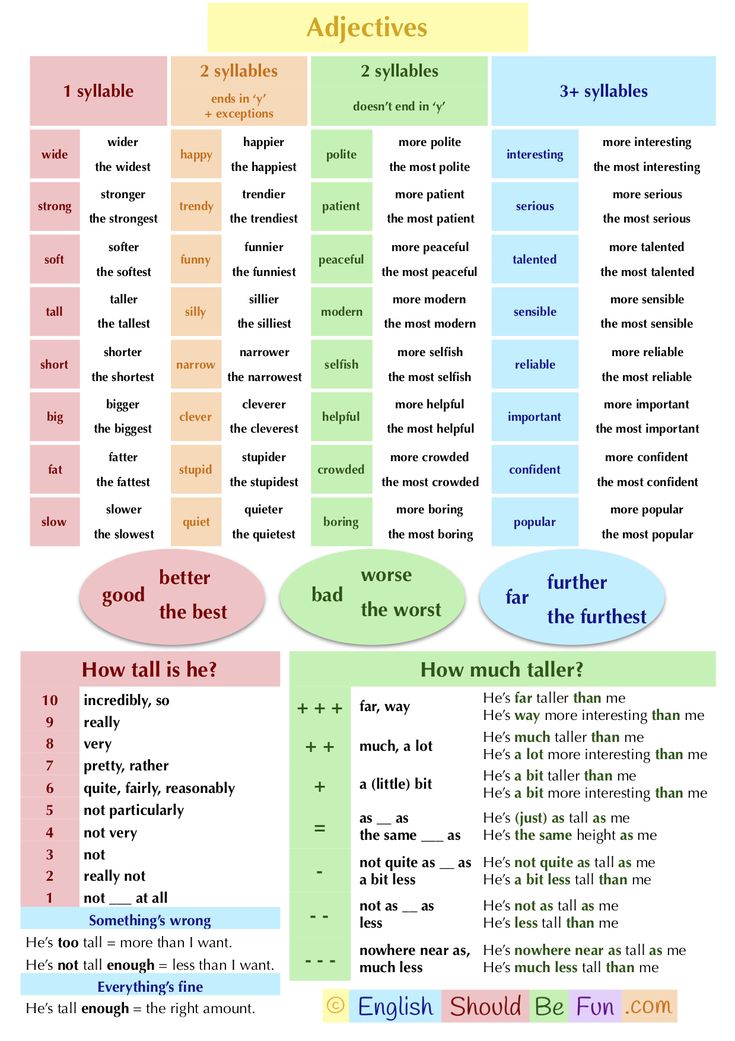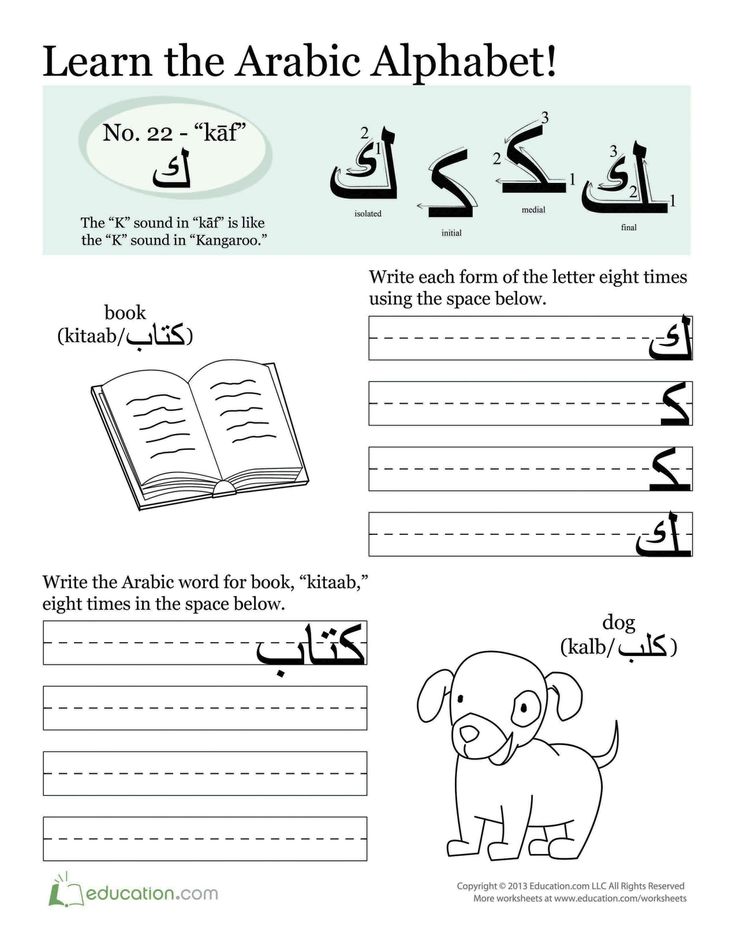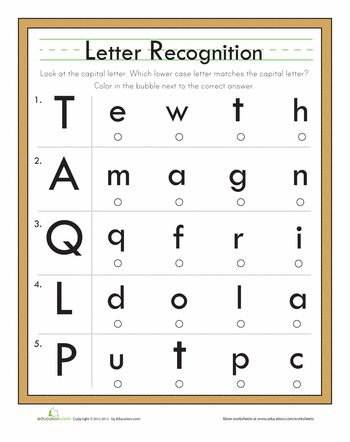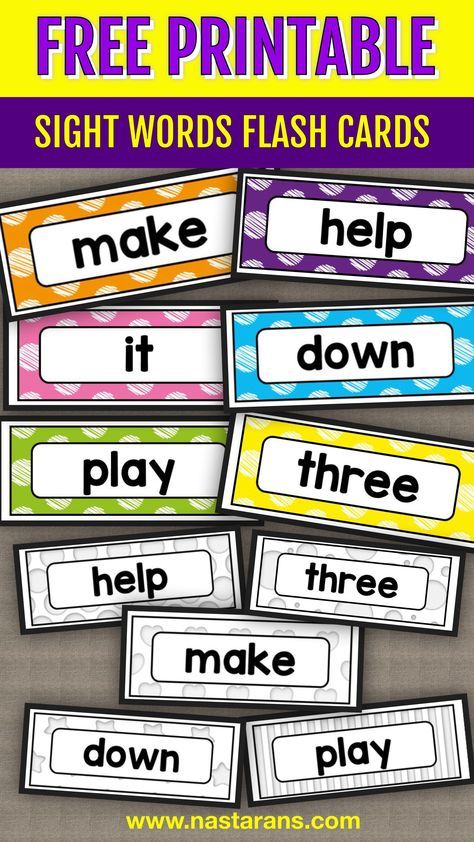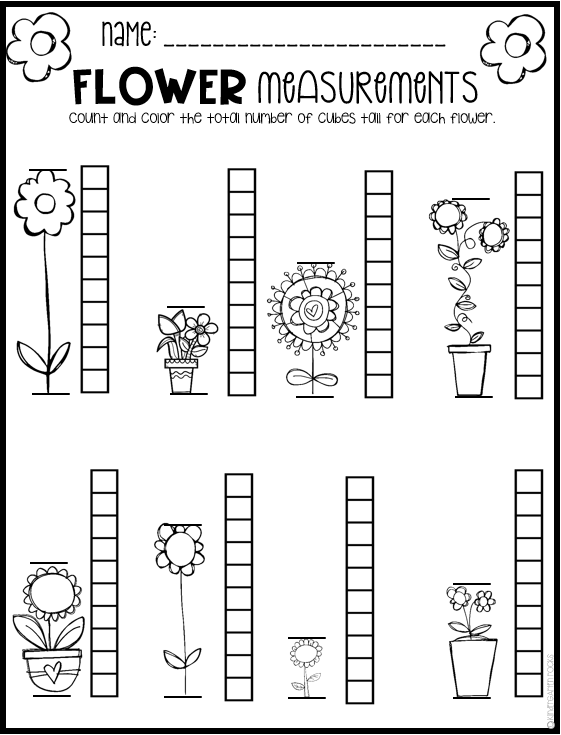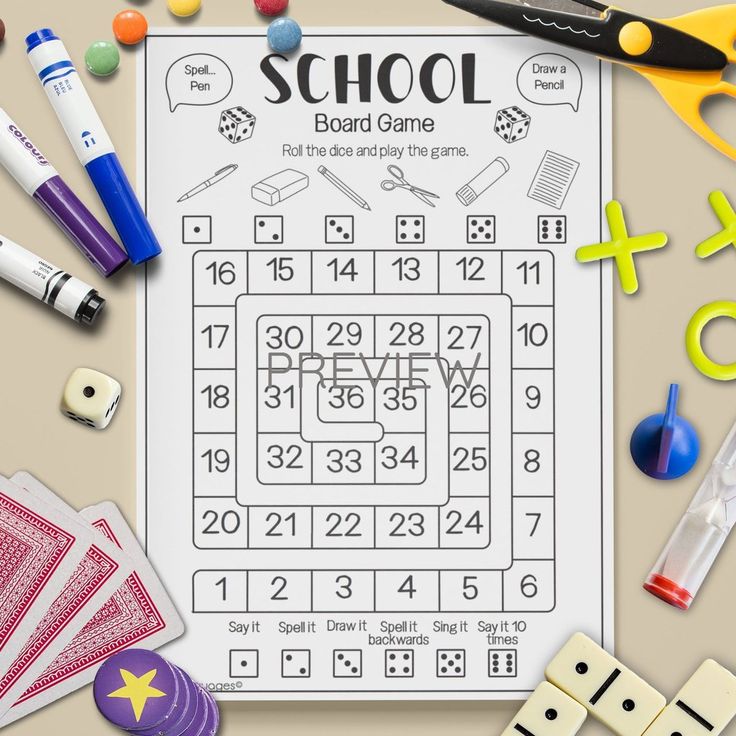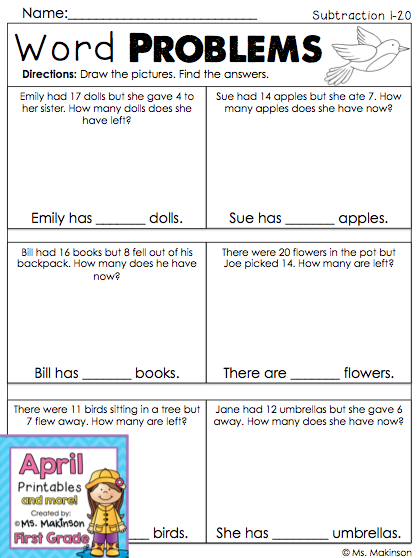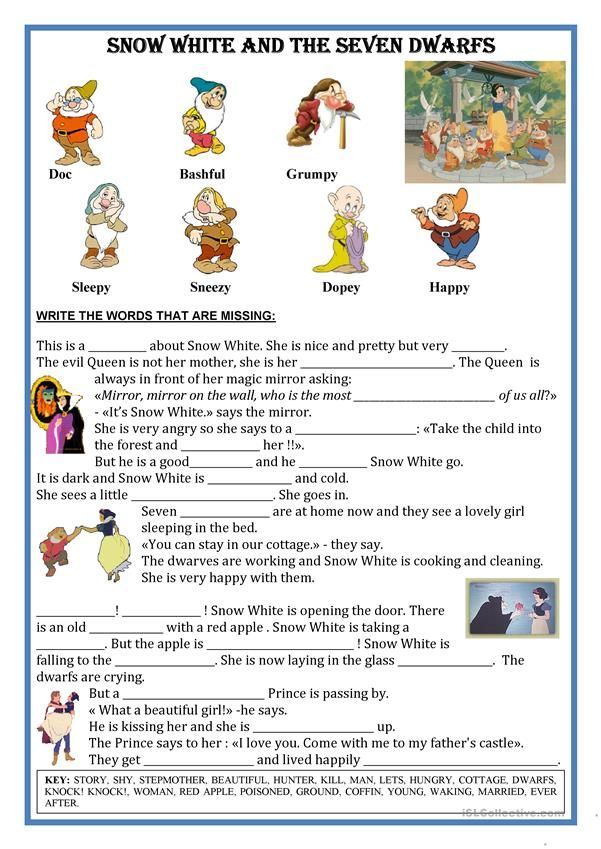Kindergarten sounds activities
Beginning Sounds Activities for Kindergarten
Curriculum | Featured | Letters & Letter Sounds | Reading
When learning to read, there are many phonemic awareness and phonics skills students must master. Learning letter names, letter sounds, and beginning sounds is key in helping students quickly decode and read texts. To give your students the exposure and practice they need, check out these beginning sounds activities for kindergarten.
Why is it Important to Teach Beginning Sounds?
When teaching students to read, it’s important for them to understand that words are made up of letters and sounds. This knowledge helps them read and write more fluently.
Phonemic awareness and phonics skills are key in kindergarten. Phonemic awareness skills are when students understand that words are made up of various sounds. Phonics skills are what correlates the sound of a letter to the written letter itself.
Begin with teaching phonemic awareness skills so students learn to listen for and differentiate the sounds in words.
It can be tricky for students to hear the middle and ending sounds in words at first, which is why starting with beginning sounds is so effective.
Digital Beginning Sounds Activities
Since it’s important for students to first understand what beginning sounds are and learn to listen for them in words, you need a variety of beginning sounds activities for kindergarten for them to practice with.
A great way to engage your students is with interactive digital phonemic awareness activities like beginning sounds Boom Cards. These Boom Card decks give students a variety of opportunities to practice listening for the same beginning sounds in words.
Plus with audio directions, audio picture names, and the self-checking feature, your students will be able to work independently with success.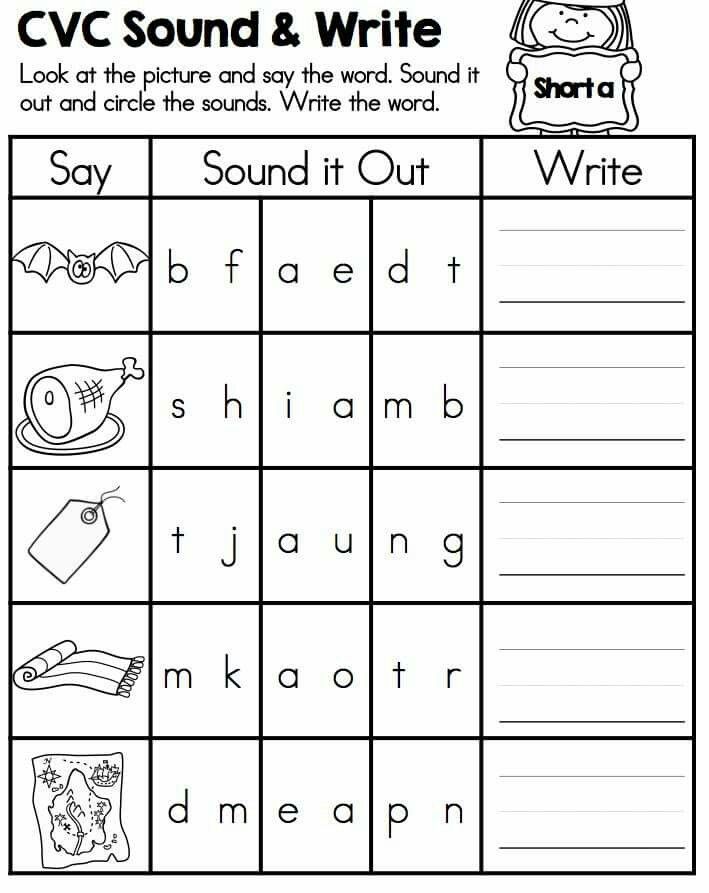
Hands-on Beginning Sounds Activities
Mastering beginning sounds takes a lot of practice and exposure. Therefore, you need a wide array of hands-on beginning sounds activities for kindergarten that your students can work with.
You can incorporate these hands-on activities into your morning tubs, literacy centers, or fast finisher activities. This is a great way to keep your students practicing their skills throughout the day.
Letter Sound Mats
One of my favorite ways to practice beginning sounds is with letter sound mats and magnetic letters. Students will say the picture name aloud, identify the beginning sound, and match the correct magnetic letter to the picture.
If you have a set of picture cards and magnetic letters, you can simply have students flip a card, identify the beginning sound, and match the letter.
Build the Sound Mats
Another great beginning sounds activity for kindergarten is build the sound mats. This activity allows students to identify the beginning sound in the picture and build the letter using manipulatives.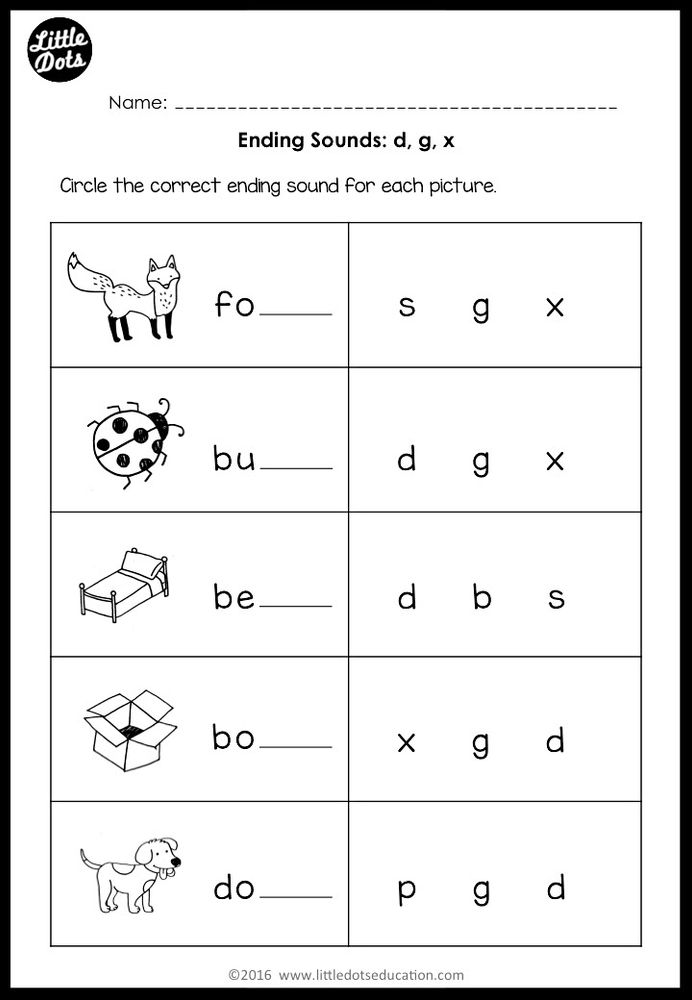
Students will get extra fine motor practice as they work on both phonemic awareness and phonics skills.
Beginning Sound Mazes
Another fun way to switch up the learning is to use beginning sound mazes with your students. As they cover the letters that make the focus sound on the mat, they’ll work their way through the maze.
This makes learning feel like a game for students, which is a sure way to keep them on task, engaged, and motivated.
If you loved these hands-on beginning sounds activities for kindergarten, you can grab them all plus more in my Beginning Sounds and Letter Sounds Bundle!
No Prep Beginning Sounds Activities
While using digital and hands-on beginning sounds activities is key, it’s also nice to keep a good stash of no prep activities on hand.
Add these no prep beginning sounds activities to your morning work, independent literacy stations, or keep them in a sub tub. They also make great time filler activities if you have a few minutes between activities.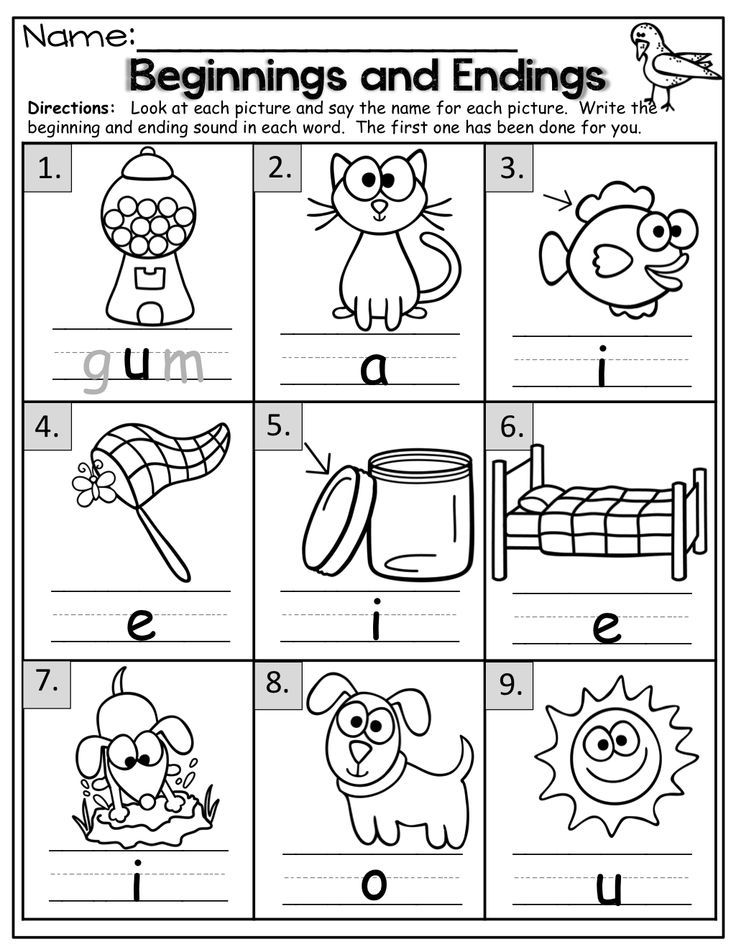
If you need a quick way to assess your students on beginning sounds, you can use these no prep activities as an informal assessment as well.
How to Assess Your Students on Beginning Sounds
As your students learn and grow their beginning sounds skills, you want to assess them frequently. This allows you to see which beginning sounds they are mastering and which sounds they need help with.
Using beginning sounds picture cards and a checklist is a great way to gauge your students’ understanding. You can monitor students quarterly, monthly, or every 2 weeks if they need more support.
Beginning Sounds Assessment Freebie
To make assessing your students on beginning sounds and letter sounds easy, I created an assessment freebie for you.
This freebie includes a beginning sounds assessment checklist and beginning sounds pictures. There is also a letter sounds assessment page and checklist to help you assess your students’ uppercase and lowercase letter sound recognition.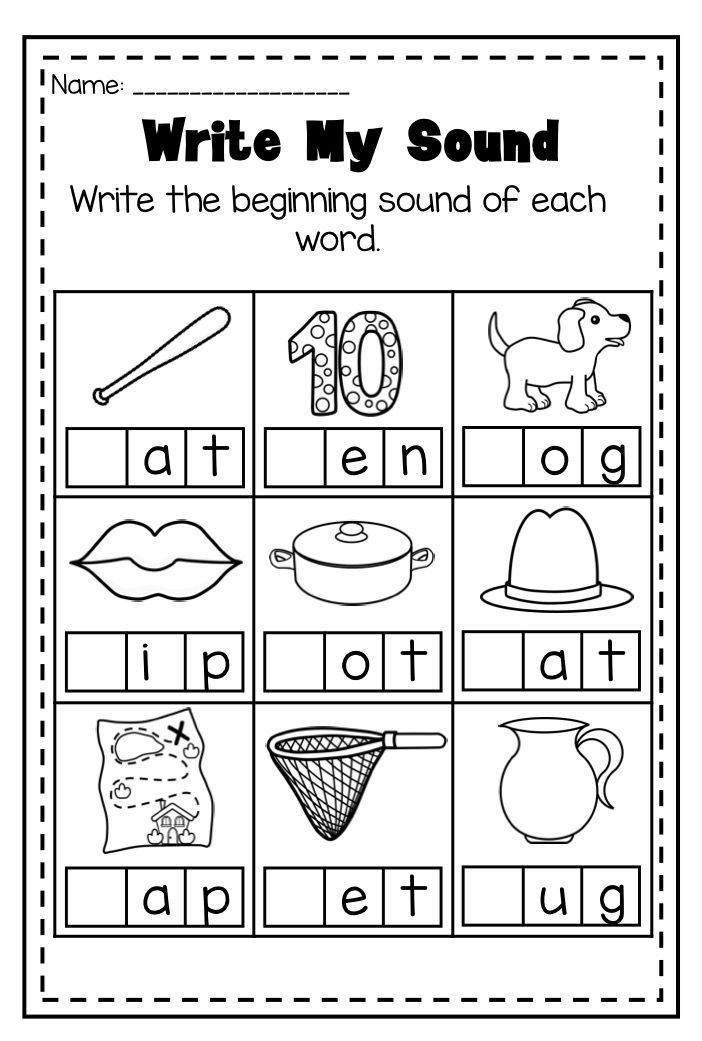
You can fill out the form below to get the beginning sounds and letter sounds assessment freebie sent directly to your inbox!
I hope these beginning sounds activities and assessments for kindergarten make learning more fun and effective in your classroom!
Post Tags: #beginning sounds#Freebies#letter sounds#literacy#literacy centers#reading
Similar Posts
25 Beginning Sounds Activities and Printables
These beginning sounds activities give young children the chance to practice important phonemic awareness and phonics skills. Be sure to add them to your master list of literacy activities for preschoolers!
Recognizing how sounds are the same, and how they’re different, is referred to as sound discrimination. Hearing the first sound in words is one aspect of sound discrimination, and it’s an important phonemic awareness skill. It helps children to pay attention to the sounds they hear, and it aids them in learning letter sounds down the road.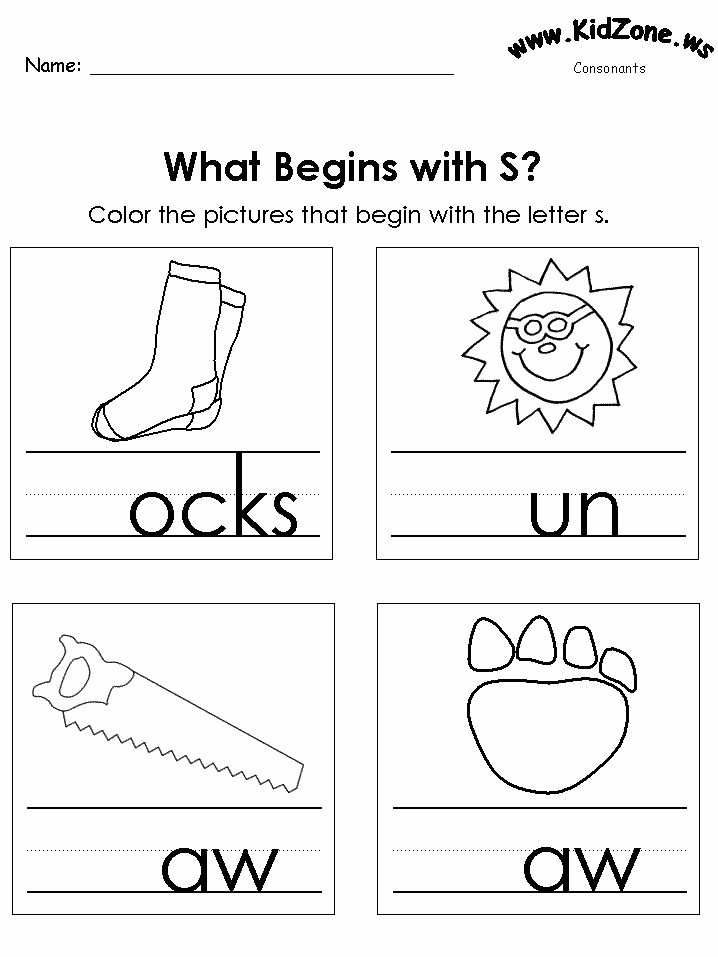
Below, I share a variety of beginning sound discrimination ideas for young children. Some are purely oral language activities, focusing only on the sounds in spoken words.
Others are beginning sounds activities that incorporate letters. While these are inherently phonics-based activities, more research has come out indicating that pairing letters with phonemic awareness activities is beneficial. It is important to remember that language development, learning to read, and learning to write include a multitude of skills that interweave to create a literate person.
Related: Spring Printables for Preschoolers
Table of Contents
How to Teaching Beginning SoundsBefore I jump into the beginning sounds activities, I wanted to talk about HOW to teach initial sounds. Because they do need to be taught. While kids can pick up a lot from being read to, carrying on conversations, and observing those around them, explicit literacy instruction (at all levels) is very important.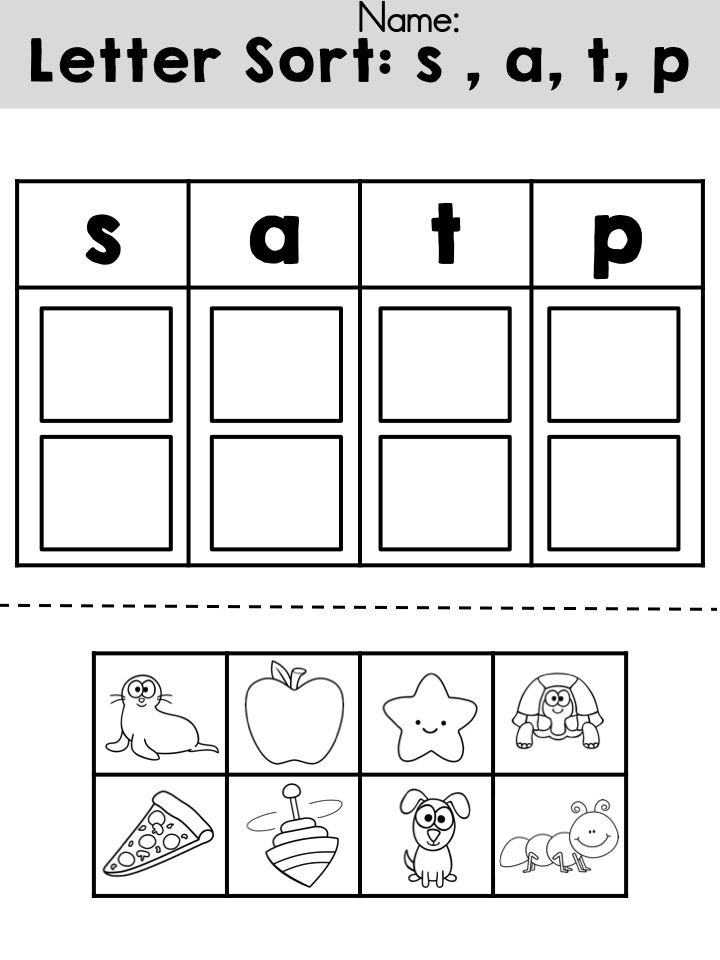
That being said, this instruction doesn’t need to happen for hours at a time while children are sitting at a desk. For young children, especially, that just won’t work. So here are some tips for teaching children about beginning sounds:
- Explain and model in a succinct manner. Short and sweet direct instruction!
- Scaffold the children along the way. Your support is imperative.
- Incorporate lots of hands-on activities and games.
- Let the children move as they learn.
- Keep it going throughout the year. This isn’t a “one and done” topic.
- Make things meaningful to the children as much as possible.
- Use visuals!
- Don’t forget conversations and songs.
The above tips can really be applied to all phonemic awareness activities! What would you add to the list?
Beginning Sounds ActivitiesNow let’s get into the initial sound ideas! As I mentioned earlier, some of these will be solely focused on oral language while others will bring in the alphabet.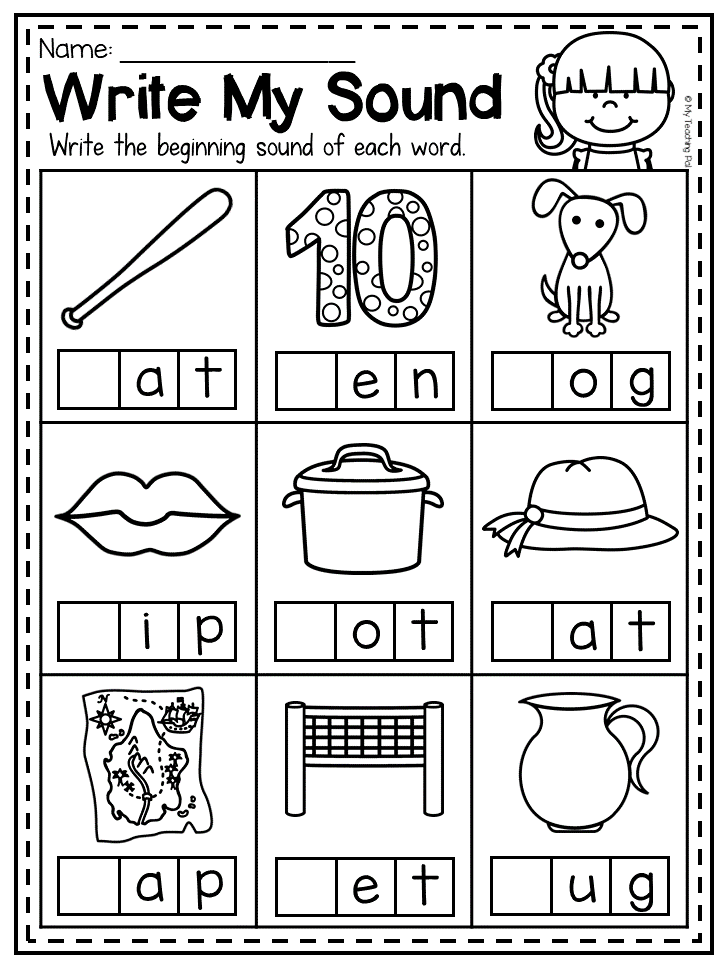 I separated things into categories for you. That way, you can find the activities that best meet the needs of your individual students.
I separated things into categories for you. That way, you can find the activities that best meet the needs of your individual students.
First up are activities that are 100% phonemic awareness. Click on the links below to read more about each of the ideas and, in some cases, grab the free printables.
The St. Patrick’s Day beginning sounds printable is the beginning of a series focused on initial sound games for preschoolers. I’ll be adding more to the series throughout the year, so do check back!
The Measured Mom has a set of sound clip cards ready for your kids. You can use them with clothespins or math manipulatives.
Grab your own set of printable beginning sounds bingo cards from Growing Book by Book.
Related: Syllable Activities
You’ll find a fun initial sounds sorting game over on Pre-K Pages. I love that this activity uses simple materials you might already have.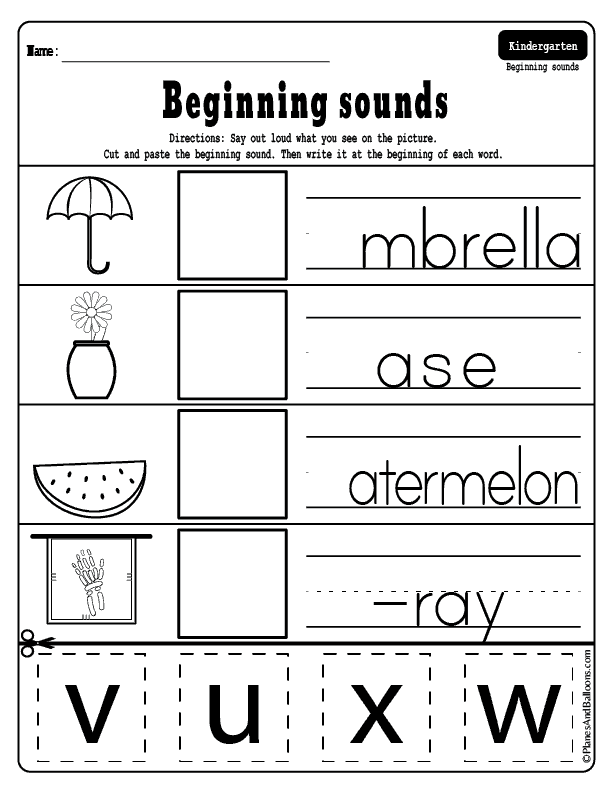
Play This Reading Mama’s letter sounds tic tac toe with your students! What a unique way to practice matching beginning sounds.
Make a beginning sounds book based on family or classroom members like Growing Book by Book. Then be sure to read it over and over again once it’s done!
Super Simple Initial Sounds ActivitiesI also want to share some beginning sounds activities that you can easily weave into your day. These are fast and easy and don’t require much prep.
Incorporate the initials sounds into transitions. “Line up if your name starts with /m/.”
Play a guessing game, “I’m thinking of a name that begins with /s/.” Or, “I spy something that starts with /d/.”
Challenge the children to a beginning sounds scavenger hunt based on their own names. You might need to double-check there’s something available for everyone beforehand.
Practice gross motor skills with a beginning sounds bean bag toss. Place a few images on the floor. Kids toss a bean bag at the image that starts with a sound you say.
Kids toss a bean bag at the image that starts with a sound you say.
Use children’s pictures, real photos of common items, and/or store-bought picture cards for picture sorts.
Make up a song! Here’s an easy one, to the tune of “Do You Know the Muffin Man”
Do you know what starts with /m/,
Starts with /m/,
Starts with /m/?
Do you know what starts with /m/?
Let’s say a word!
Tie the initial sounds into what you’re learning about (butterflies, for example). Say two words. If the words have the same beginning sounds, kids can flap their “wings” like butterflies.
Make a “feed the monster” game by cutting a hole in a shoebox top. You can even go all out and decorate it like a monster. Kids can only feed the monster pictures of things that start your chosen sound.
Play a listen and clap game. Kids clap if you say two words that start the same. Otherwise, they don’t clap.
Challenge the children to a “what’s different?” game.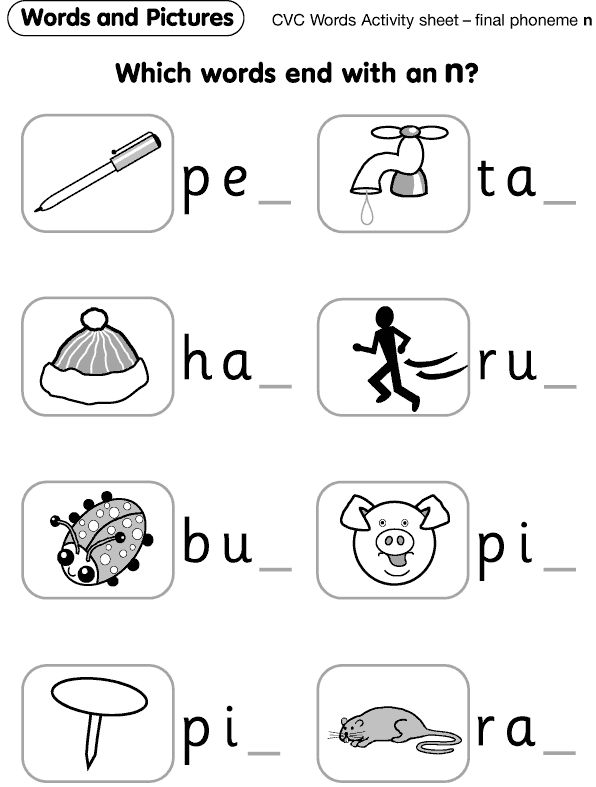 Place a few pictures or objects out. The kids have to determine which one doesn’t start the same as the others.
Place a few pictures or objects out. The kids have to determine which one doesn’t start the same as the others.
Now let’s talk about beginning sounds activities that incorporate letters. You can definitely tweak these ideas and remove the letters if that’s what you prefer!
Related: Magnetic Letter Sorting
Use Fantastic Fun and Learning’s free printable to go on a dinosaur beginning sounds scavenger hunt. Little paleontologists will get a kick out of this one.
Bring out the play dough for Modern Preschool’s identify and stamp activity. Perfect for your collection of cookie cutters.
Your little builders will have a blast hammering beginning sounds with ABCs of Literacy. Definitely add this to your next construction theme.
Related: Simple Early Literacy Activities
Growing Book by Book’s beginning sound pancakes would be fun in the dramatic play center.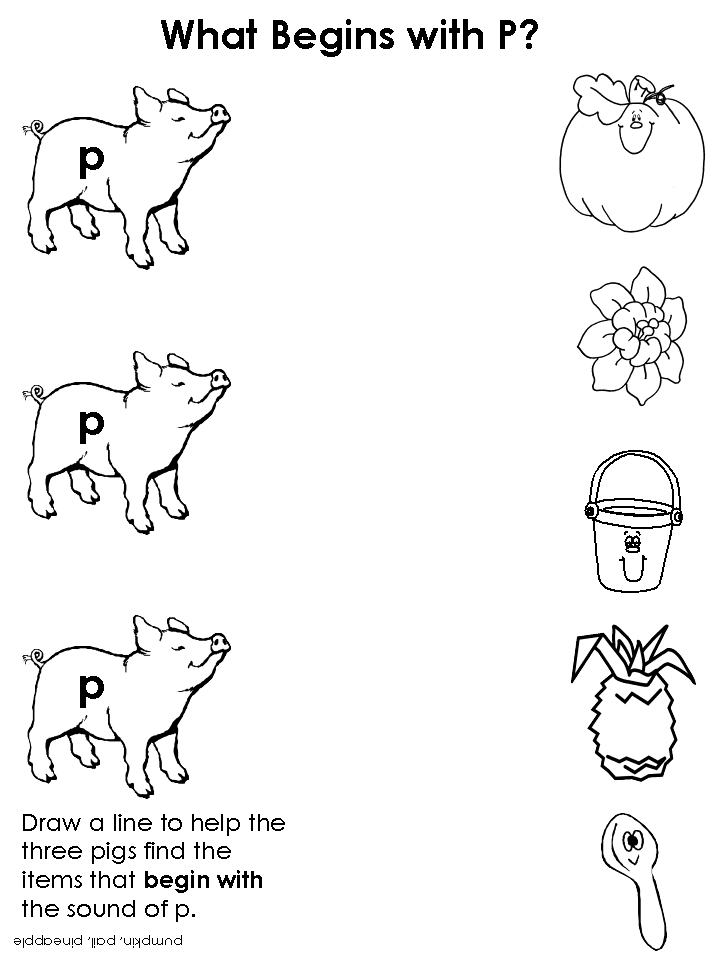 Everyone can have a pancake that starts with the same sound as their name!
Everyone can have a pancake that starts with the same sound as their name!
Or make a set of beginning sounds sticks like Pre-K Pages. Lots of fine motor practice to be head here, too.
Add in some tactile learning with Stay at Home Educator’s initial sound object matching.
Set up a Busy Toddler’s sound matching sensory activity with your favorite sensory materials as the base.
Royal Baloo’s planet beginning sound clip cards would be great as part of a preschool space theme.
Challenge the children to a sound scavenger hunt like Frugal Fun for Boys. Then have them sort what they found onto the appropriate letters.
Materials for Your Initial Sound LearningNow that you have so many ideas for your own beginning sounds activities, let’s chat materials. I love that you can use what you have on-hand, or grab a free printable, for many of the activities shared here. I’m a big fan of using what I’ve got!
But if you want to expand on the items you use for teaching initial sounds, I’ve got some ideas for you (I may get commissions for purchases made through links in this post):
- Interactive alphabet sounds posters and books
- Letter picture games
- Alphabet and sound magnets
- Letter sound games
- Language miniature objects
Let Preschool Teacher 101 save you time with fully-developed preschool resources! We have a wide variety of resources from lesson plans to STEM challenges to math activity packs.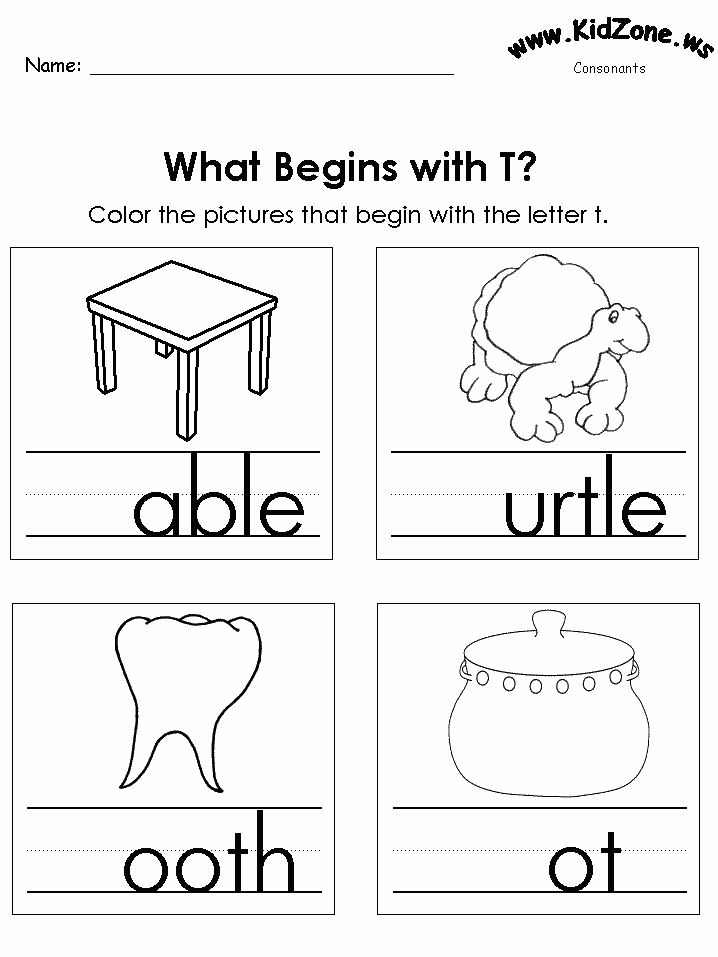
We also have some phonemic awareness materials, like this beginning sounds pack that you can use as online OR printable games. Click on the image below for more information:
Beginning Sounds 4-in-1 Activity PackHere are a few more alphabet-centered literacy resources for you:
Alphabet Puzzles: Letters & SoundsLetter Fluency Strips & GameLowercase Letter PuzzlesBe sure to join the waiting list for The Pack from Preschool Teacher 101 today! Members get access to more, and there are multiple membership options to choose from.
Originally published February 2015.
What are letters and sounds? - Kindergarten No. 220 JSC Russian Railways
Usually parents say that the child does not pronounce some letters! Unfortunately, parents do not always understand the difference between such concepts as “sound” and “letter”.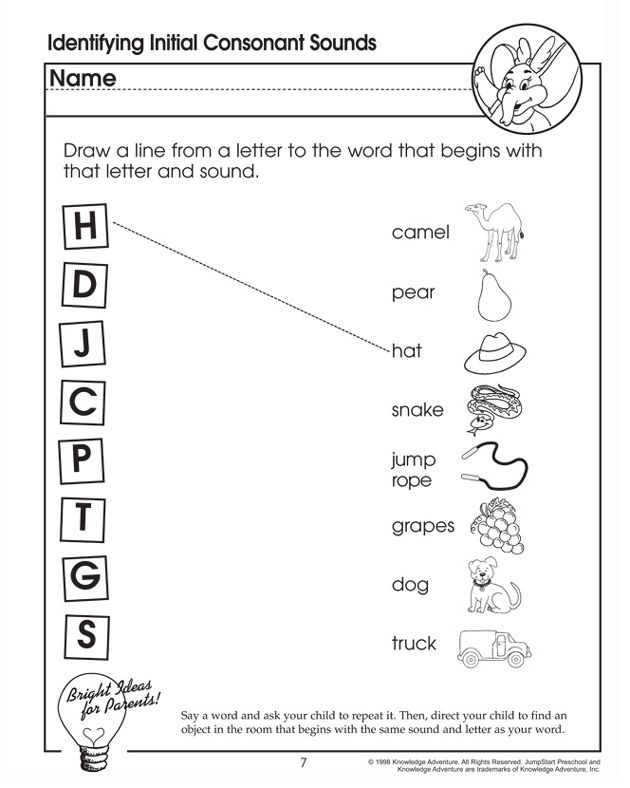 These terms must not be mixed!
These terms must not be mixed!
Sound is the smallest, indivisible unit of the speech stream perceived by the ear. There are 42 speech sounds in Russian.
The letters are graphic characters that represent speech sounds when writing. There are 33 letters in total. nine0003
We pronounce and hear sounds, we see and write letters .
For parents of children of primary and secondary preschool age, is enough if the baby remembers that the letter stands for the sound "P" and learns it like "P" and not "er", "L" and not "el" ”, “Sh”, not “sha”, etc.
Parents, older preschoolers and first graders need to know much more about sounds and letters.
Sounds are divided into vowels and consonants. nine0006
Vowels - when they are pronounced, the air in the mouth passes freely without encountering obstacles. There are 10 vowels in Russian ( a, y, o, e, s, e, e. i, yu, and). There are only 6 vowels - [a], [o], [y], [i], [s], [e]. The fact is that the vowels e, e. yu, i in some positions denote 2 sounds:
There are 10 vowels in Russian ( a, y, o, e, s, e, e. i, yu, and). There are only 6 vowels - [a], [o], [y], [i], [s], [e]. The fact is that the vowels e, e. yu, i in some positions denote 2 sounds:
e - [y'o], e - [y'e], y - [y'y], i - [y'a].
Vowel sounds are indicated by a red circle. Vowel sounds are neither hard and soft, nor voiced and deaf A vowel can be stressed or unstressed. Vowels form a syllable. There are as many syllables in a word as there are vowels.
Consonants sounds - when they are pronounced, the air in the mouth meets barriers formed by the tongue, teeth or lips.
Consonants are :
- hard - are pronounced hard. Marked with a blue circle. For example: [p], [k], [d], etc.; nine0003
- soft - soft.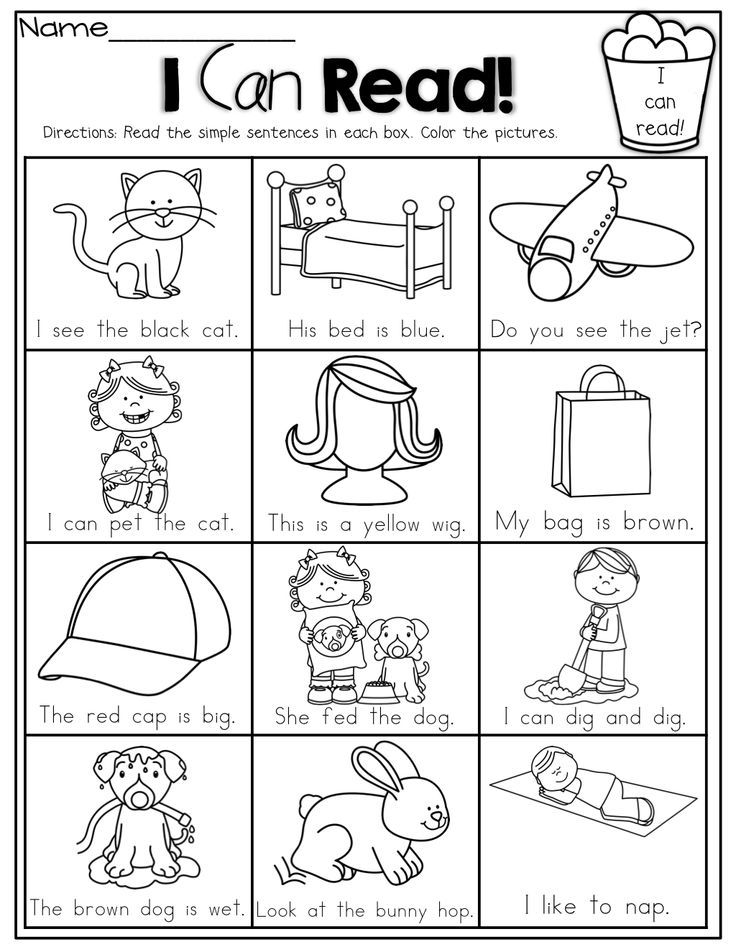 Marked with a green circle.
Marked with a green circle.
For example: [p']= (p), [k']= (k), [d']= (d).
Most consonants have a pair of hardness-softness. For example: [b] - [b '], [t] - [t '], [l] - [l '], etc.
But there are consonant sounds that do not have a pair of hardness-softness. They are either always hard or always soft:
- always hard consonants - [w], [g], [c];
- always soft consonants - [h'], [u'], [y'];
- voiced consonants - pronounced with voice.
For example: [l], [p],. [d], [m], etc. To determine the voicedness, you need to put your hand to the "neck" and listen if there is a "bell".
- voiceless consonants - pronounced without voice.
For example: [f], [x] [s], [p], etc.
But there are consonant sounds that do not have a pair of sonority - deafness. They are either always deaf or always voiced:
- always voiced - [th], [l], [l'], [m], [m'], [n], [n'], [p], [p'];
- always deaf - [x], [x'], [c], [h'], [u'].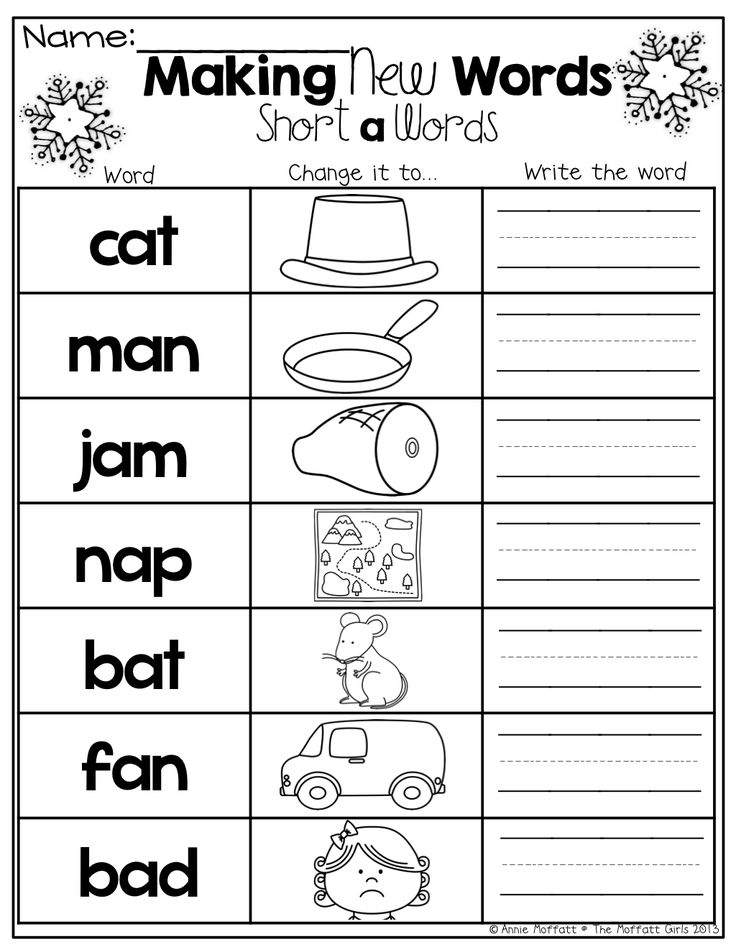
It is necessary to clearly know and distinguish sounds and letters!
Games with sounds - Site of kindergarten №422 "Lorik"
Games with sounds help develop phonetic hearing and phonemic perception.
Phonetic hearing is a fine systematized hearing, the ability to distinguish and recognize the sounds that make up a word. Without a developed phonetic hearing, the correct pronunciation of sounds is impossible. nine0003
In case of phonetic underdevelopment, the child mixes voiced and voiceless, hard and soft consonants, does not distinguish between whistling and hissing, "R" and "L", "C" and "Ch" and others.
Phonemic perception is the ability to distinguish phonemes and determine the sound composition of a word. How many syllables are in poppy? How many sounds does it have? What consonant is at the end of a word? What is the vowel in the middle of a word? It is phonemic perception that helps answer these questions.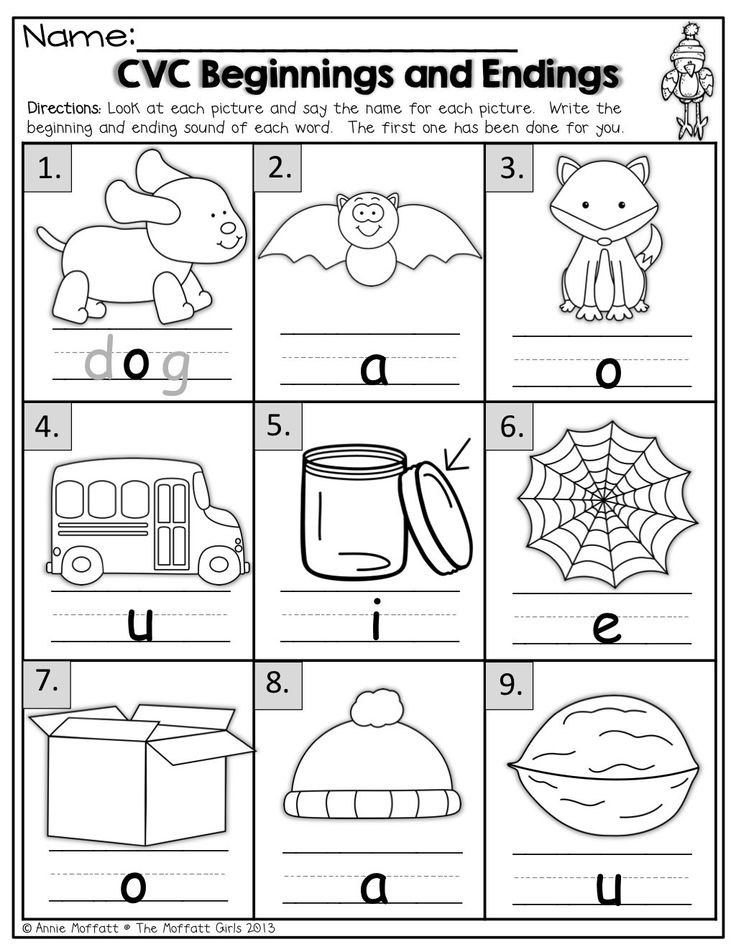 nine0003
nine0003
The correct development of phonetic hearing and phonemic perception underlies the unmistakable assimilation of writing and reading in the process of schooling.
We bring to your attention some games that contribute to the development of phonemic processes.
“Select the word”
Invite the children to clap their hands (stomp their feet, hit their knees, raise their hands…) when they hear the words, with the given sound.
"What sound do all words have?"
An adult pronounces three or four words, each of which has the same sound: fur coat, cat, mouse - and asks the child what sound is in all these words.
"Who is more?"
Looking at the pictures in the book together with your child, invite him to find among them those in the names of which there is a sound “P”. for each named word an encouraging point is given.
“Come up with more”
The leader, naming some sound, asks the players to come up with 3 words in which the given sound occurs.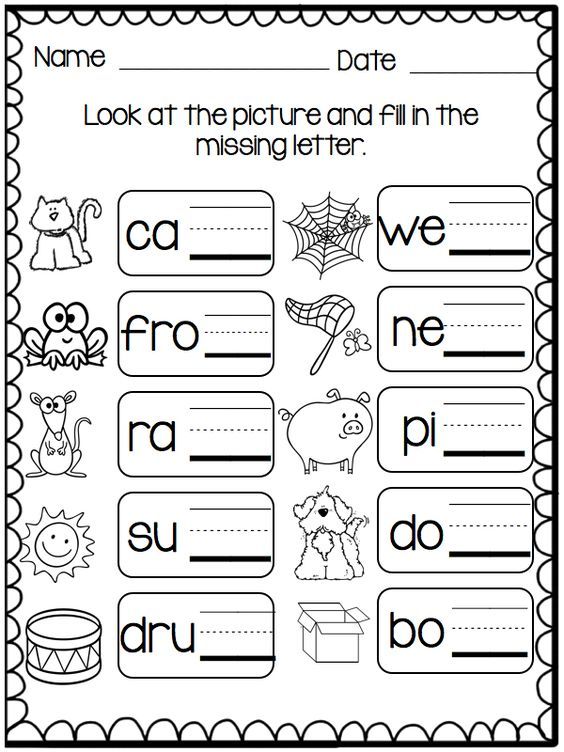
"Chains of words"
This game is an analogue of the well-known "cities". It consists in the fact that the next player calls his word to the last sound of the word given by the previous player. A chain of words is formed: aist - Plate - Watermelon.
Extra Four
For the game, you will need four pictures with the image of objects, three of which contain the given sound in the name, and one does not. The adult lays them out in front of the child and offers to determine which picture is superfluous and why. The set can be varied, for example: a cup, glasses, a cloud, a bridge; bear, bowl, dog, chalk; road, board, oak, shoes. If the child does not understand the task, then ask him leading questions, ask him to carefully listen to the sounds in the words. An adult can highlight the identified sound with his voice. As a variant of the game, you can select words with different syllabic structures (3 three-syllable words, and one two-syllable), different stressed syllables.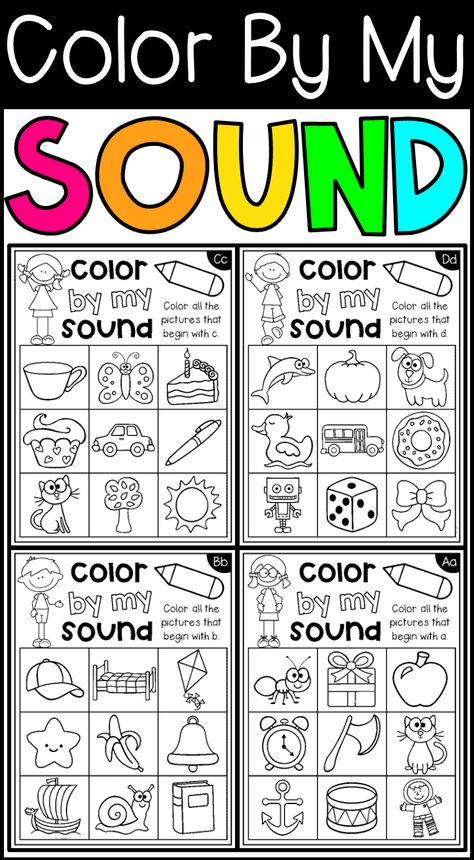 The task helps to develop not only phonemic perception, but also attention, logical thinking. nine0003
The task helps to develop not only phonemic perception, but also attention, logical thinking. nine0003
“Young Poets”
An adult gives the child a set of pictures and asks them to arrange them in pairs with similar word endings (mice - donuts, daughters - dots, barrel - kidney, etc.). Before the game begins, you can look at the pictures, drawing the child's attention to the endings of the words denoting the depicted objects. Then, with these pairs of pictures, you can make sentences - couplets, for example:
They lived in a mink - there were mice,
And donuts lay on the table. nine0003
"Echo"
The game serves to exercise phonemic awareness and the accuracy of auditory perception. You can play alone or in a large group. Before the game, an adult addresses the children: “Have you ever heard an echo? When you travel in the mountains or through the forest, pass through an archway, or are in a large empty hall, you may encounter an echo.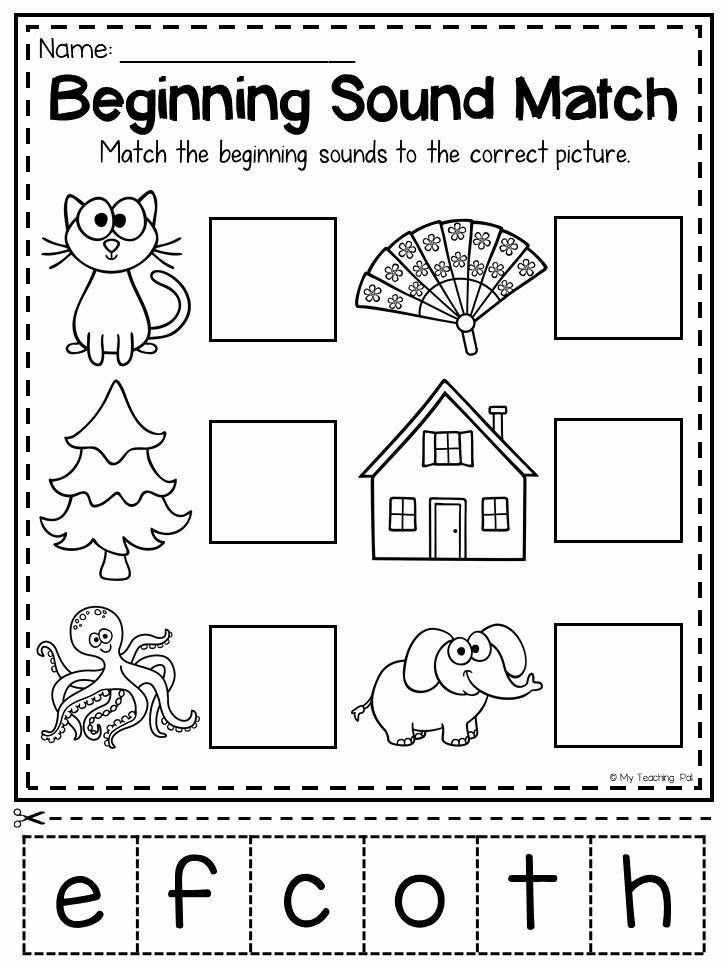 That is, you, of course, will not be able to see it, but you can hear it. If you say: “Echo, hello!”, then it will answer you: “Echo, hello!”, Because it always repeats exactly what you tell it. Now let's play echo." Then they appoint a driver - "Echo", who must repeat what he is told. It is better to start with simple words, then move on to difficult and long ones (for example, “ay”, “rather”, “windbreak”). nine0003
That is, you, of course, will not be able to see it, but you can hear it. If you say: “Echo, hello!”, then it will answer you: “Echo, hello!”, Because it always repeats exactly what you tell it. Now let's play echo." Then they appoint a driver - "Echo", who must repeat what he is told. It is better to start with simple words, then move on to difficult and long ones (for example, “ay”, “rather”, “windbreak”). nine0003
Catch a Fish
This game requires a magnetic rod. This is an ordinary stick, tied to it on a string with a magnet. Clips are put on pictures from any children's loto. The child catches with a fishing rod only those pictures in the name of which there is a certain sound, selected in advance. Or a child catches a picture and calls the sound with which its name begins.
"Jokes - minutes"
You read lines from poetry to children, intentionally replacing letters in words. Children find a mistake in a poem and correct it.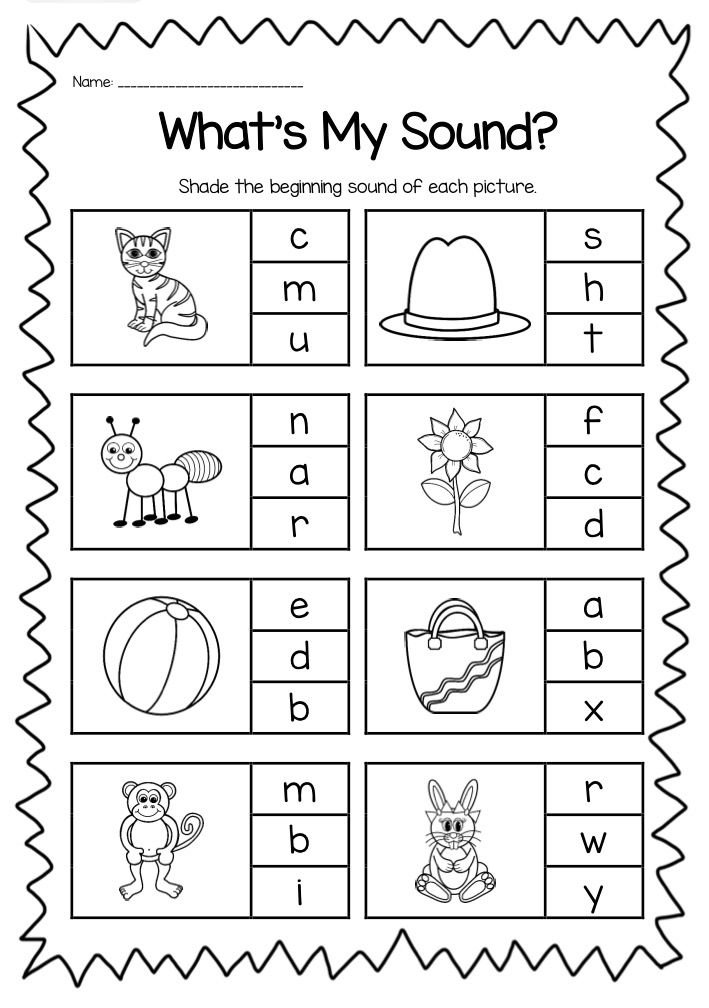 Examples :
Examples :
Patterned tail,
boots w t orami.
Tili-bom! Tili-bom!
Catkin t ohm caught fire.
Outside the window is a winter garden,
There the leaves in and glasses are sleeping.
Beginning, middle, end
Offer to find in the picture, among the pictures of the loto, words that start with A and end with A. Or just offer to determine the place of the sound in the word. nine0003
“Think, take your time”
Give the children a few quick-witted tasks:
– Choose a word that begins with the last sound of the word “table”.
- Remember the name of the bird, which would have the last sound of the word cheese. (sparrow, rook ...)
- Choose a word so that the first sound is "k" and the last is "a".
- Invite the child to name an object in a room with a given sound. For example: What ends with "A"; what starts with “C”, in the middle of the word there is a sound “T”, etc.

